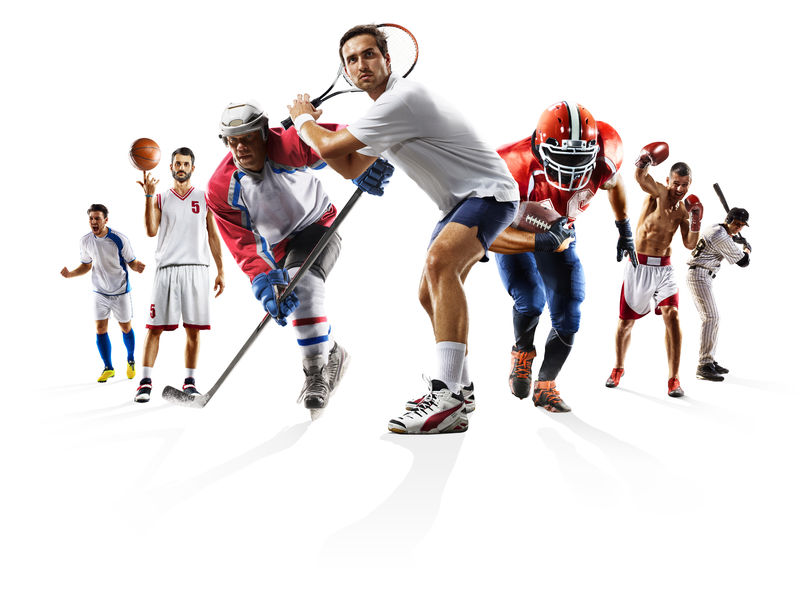This test is run by .
Note that your final mark will not be saved in the system.
Note that your final mark will not be saved in the system.
Characteristics and classification of skilful movements GapFill
Target Level
4-5
Running Total
0
0%
Attempt
1 of 3
You must fill all the gaps before clicking ‘Check Answers!’

skills in sport can be defined as predetermined actions or movements that are learned and have specific outcomes or goals.
There are five characteristics of motor skills in sport. These are:
- – No unnecessary energy wastage during the skill, e.g. the running technique of a long-distance athlete which is maintained over the course of the race
- Pre-determined – Knowing what is to be in the movement, e.g. a gymnast who knows the outcome of each movement performed during the floor routine
- – Synchronisation of different body parts at the same time, e.g. the rugby player who is able to fend off an opponent with one arm while stretching with the other to reach over the line and score a try
- – Skill should flow naturally, with ease, e.g. the high jumper performing the Fosbury flop who ensures each body part will be above the bar as it passes
- – Execution of the skill looks confident and appealing to watch, e.g. the hammer thrower who releases the hammer at the exact time which allows it to travel directly forward to maximise distance
Skills can also be classified on a continuum, which is a sequence, or order of criteria, that has two opposing ends on a scale:
The continuum helps to distinguish how complicated or easy the skill is to perform.
| skills are easy to perform as they require fewer decisions and little concentration (e.g. running in a straight line). | skills are more difficult and require more decisions, focus and concentration (e.g. a triple somersault in a diving competition). |
The continuum helps distinguish how likely the skill is to be impacted by external influences.
| skills can be affected by unpredictable circumstances such as the weather (e.g. taking a conversion in rugby against the wind), the opposition and the particular situation you are completing the skill in. | skills take place in a predictable setting (e.g. in a defined space and time, such as a gymnastics floor routine) and are typically self-paced. |